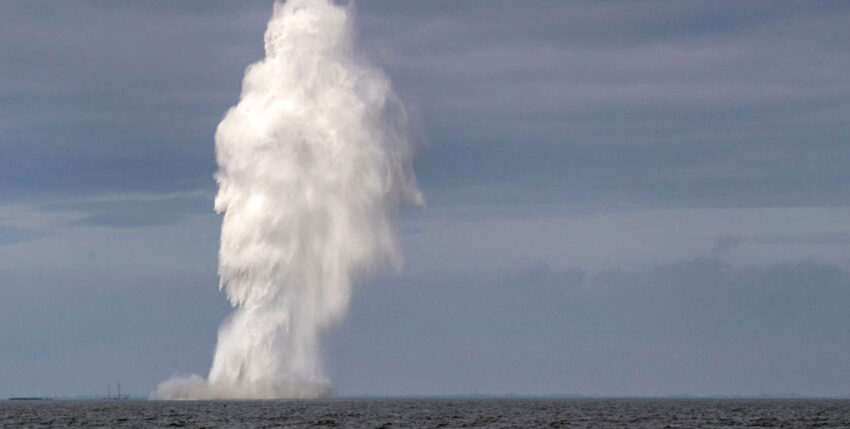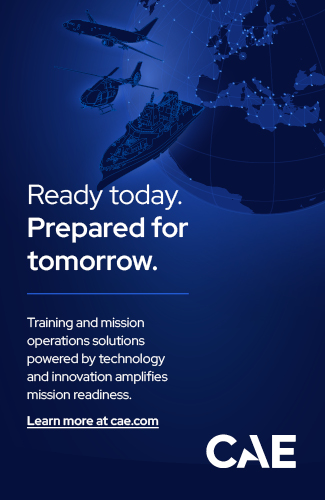Professor Andreas Karcher and his team at the Institute of Applied Computer Science at the University of the Federal Armed Forces in Munich are working with the Defence Technology Agency for Ships and Naval Weapons, Maritime Technology and Research (WTD 71) on a system that helps to detect underwater mines more effectively than has been possible to date.
Sea mines are a danger for the Shipping. They have a serious impact on the feasibility of operations and on operational procedures. The more automatically they can be rendered harmless, the less manpower is required. Automatic detection of this danger plays a key role. This must be analysed in the operational system context.
The same systemic approach developed by the university's research team can also be used to discover other hazardous materials on the seabed. The amount of conventional munitions from two world wars stored in German marine waters is estimated by the Expert Group on Munitions in the Sea of the North Sea and Baltic Sea Committee of the Federal Government and the Federal States to be up to 1,600,000 tonnes. These munitions jeopardise the economic use of the seas, the coastal population and not least the environment. The current study is therefore a good example of military research that can also be used in the civilian sector and brings benefits for everyone.
Study adapts the architectural framework
In the study "Architecture-based reference Models for Target Recognition and Localisation Services" (ARTaLoS), Professor Karcher's Chair of Integrated Applications in Computer Science is analysing how marines will work with future minehunting systems. They will have to operate the complex IT systems behind the control of the unmanned vehicles. On the one hand, the study describes the procedure used by marines to detect Sea mines The first is the modelling of the operational processes using image recognition methods and the second is the linking of this with the detailed processes within the complex IT systems. The fundamental motivation for these two work packages within the ARTaLoS study, which is funded by WTD 71, is to investigate how a catalogue of requirements can be drawn up by bringing together operational practice and defence technology research, which precisely breaks down the characteristics that unmanned vehicles must have in order to be used in the future for detecting Sea mines are to be purchased.
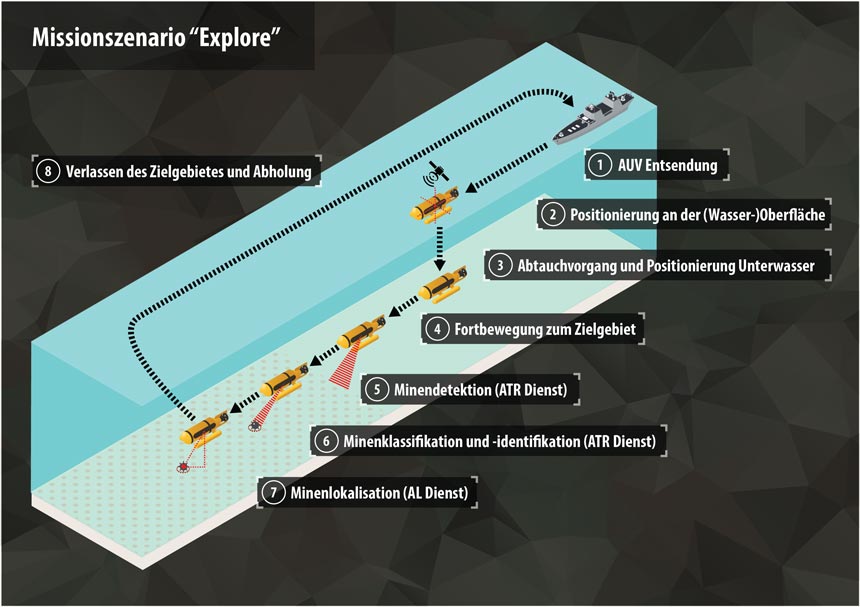
Architecture frameworks, so-called Enterprise Architecture Frameworks (EAF), make it possible to systematically visualise complicated issues. This makes EAFs the ideal tool for processing the first two steps of the ARTaLoS study: the systematic approach on which the EAFs are based enables an abstract description of the unmanned system to be achieved. At the same time, however, the detailed processes within the complex IT systems are also stored in a machine-readable form within the EAFs.
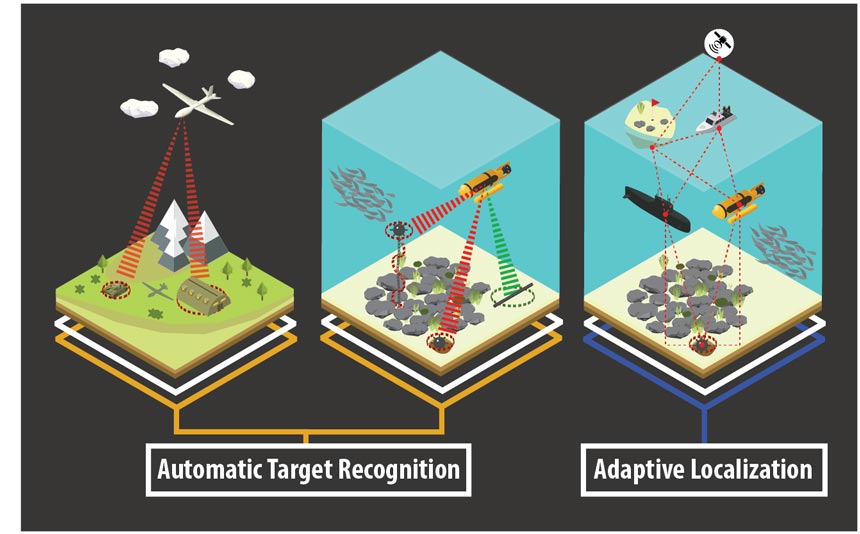
Study shows reference models that can also be used in other areas
In the third step of the ARTaLoS study, reference models are created based on the focus on the classification of sea mines. By taking into account the specifications of the "Method Architecture", which the German Armed Forces have introduced for uniform modelling, it is possible to systematically analyse requirements for services for such automatic target recognition (ATR) using application examples such as the classification of mine objects from the SONAR images of an unmanned system and to describe them in the form of reference building blocks (ATR-as-a-Service). These reference building blocks, similar to Lego building blocks, have defined interfaces that can be used for mine detection as well as for other areas of application (e.g. target recognition of radar images). This means that the building blocks can also be used for other applications due to their defined fixed properties. This approach forms the basis for the reusability of knowledge, standardisation of services and embedding in higher-level operational contexts such as NATO missions. This enables sustainable, systematic adaptation of development processes to the changing requirements of the Bundeswehr.
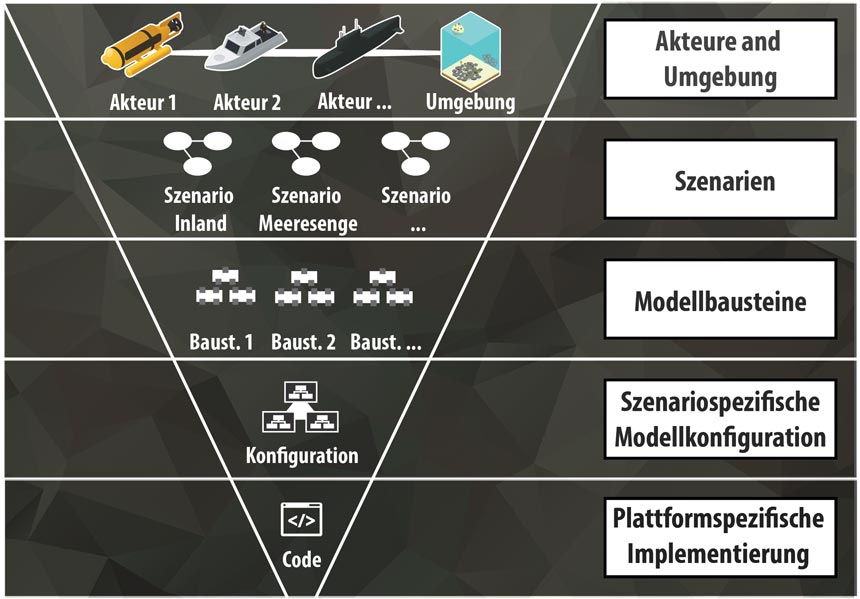
Security through overview
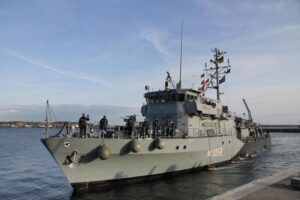
The security of sea routes, to which unmanned systems could make a significant contribution in the future, is therefore also linked to the consistently correct description of the link between operational requirements and the detailed processes within complex IT systems. The systematic approach based on architectural frameworks is a suitable means of ensuring that no important detail is overlooked in these interrelationships.
Contribution by Dominik Ascher, Erik Heiland, Peter Hillmann, Andreas Karcher and Frank Ehlers
Dominik Ascher and Erik Heiland are research assistants, Dr Peter Hillmann is head of the laboratory and Prof Andreas Karcher holds the Chair of Software Development Tools and Methods for Integrated Applications at the University of the Federal Armed Forces in Munich.
Government Director Dr Frank Ehlers is responsible for automatic target recognition at WTD 71.

